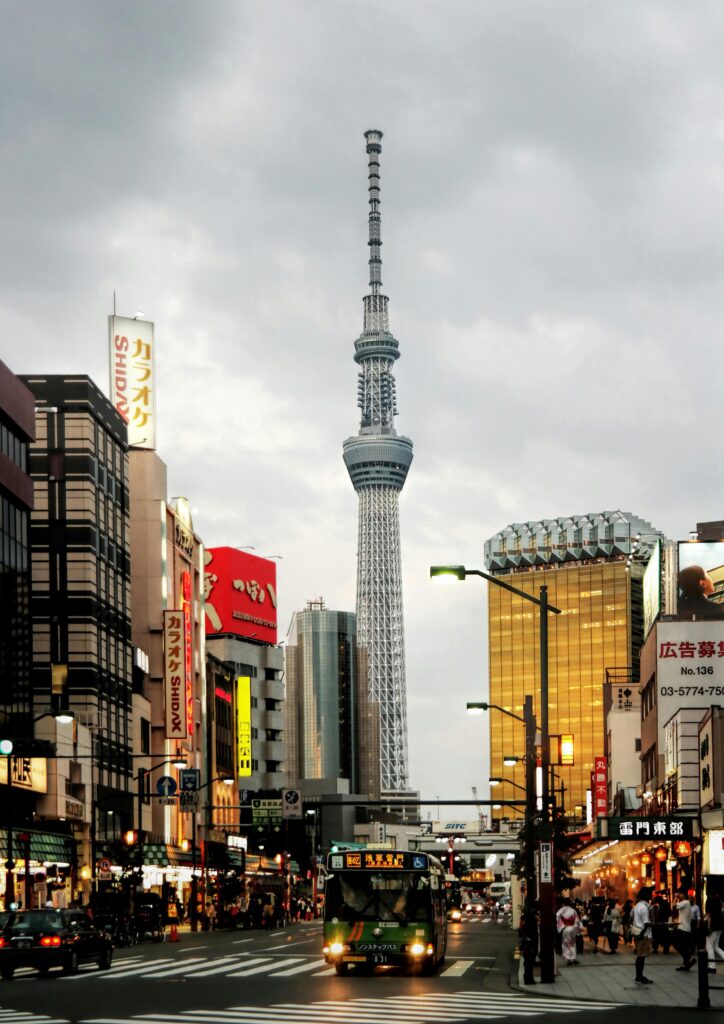Japan’s once-booming domestic travel sector has stalled, leaving major agencies scrambling for growth opportunities. With household budgets tightening and pandemic-era subsidies like “Go To Travel” long expired, tour operators are shifting focus overseas—both to serve Japanese venturing abroad and to capture inbound tourists in foreign markets. This strategic pivot involves acquisitions, joint ventures, digital innovation, and government partnerships designed to offset domestic shortfalls and position Japanese travel brands for a global audience.

Domestic Tourism Stalls: Causes and Consequences
- End of Subsidies: The government’s popular “Go To Travel” program, which at its peak drove over 220 million domestic trips in 2020, concluded in 2021. Since then, traveler numbers have hovered around 430 million annually—25% below 2019 levels.
- Economic Headwinds: Rising living costs and cautious consumer sentiment have dampened discretionary spending on road-trips, hotel stays, and leisure cruises.
- Demographic Shifts: An aging population and low birth rate mean fewer families are traveling together; senior travelers often stick closer to home or choose day-trips.
These trends have squeezed revenues at established players—JTB Group, H.I.S., and KNT-CT Holdings saw domestic tour sales drop by 20–30% in fiscal 2024, prompting urgent diversification.
Outbound: Winning Over Japanese Travelers Abroad
Despite domestic headwinds, Japanese tourists remain keen to explore overseas. In 2024, roughly 17 million Japanese departed for international destinations—recovering to about 85% of pre-pandemic levels. Agencies are capitalizing on this rebound by:
- Opening Overseas Branches: H.I.S. launched offices in Bangkok, Sydney, and Toronto in 2023, offering tailored packages—from cherry-blossom tours in Washington, D.C., to ski getaways in Whistler.
- Joint Ventures and Acquisitions: JTB acquired a controlling stake in a Manila-based travel operator, tapping into the booming Filipino outbound market and creating feeder tours for Japanese travelers in Southeast Asia.
- Niche and Premium Segments: Luxury rail journeys through Europe, culinary-focused trips to Spain’s wine regions, and remote-island eco-safaris in the Pacific are marketed to affluent, experience-seeking Japanese clients.
By blending Japanese-language services with local expertise, agencies hope to retain and grow their overseas customer base.
Inbound: Targeting Foreign Tourists in Key Markets
Recognizing Japan’s global appeal—its culture, cuisine, and ease of travel—agencies are also exporting their expertise abroad to attract inbound tourists:
- Local Partnerships: JTB and KNT-CT have signed MOUs with tourism boards in Thailand and Vietnam, co-hosting promotional events and joint marketing campaigns to draw Southeast Asian visitors.
- Visa Facilitation Services: H.I.S. has rolled out streamlined visa-processing centers in Jakarta and Ho Chi Minh City, bundling visas with tour bundles to simplify travel planning.
- Pop-Up Sales Offices: Agencies are opening temporary storefronts in overseas malls—often staffed by Japanese-speaking guides—to sell Japan travel packages and outbound domestic trips to local audiences.
These efforts build brand recognition and capture tourist dollars early in their trip-planning process.

Digital Transformation: The Tech-Enabled Pivot
To compete globally, Japanese agencies are accelerating digital innovation:
- E-Commerce Platforms: All three major groups now operate online marketplaces offering dynamic packaging—flights, rail passes, hotels, and experiences—in one click, with AI-driven personalization.
- Fintech and Insurance: Integrated payment plans, “buy-now pay-later” options, and travel-insurance add-ons reduce upfront costs and boost customer confidence.
- Virtual Previews: Virtual-reality tours of ryokan stays, temple visits, and vineyard walks engage potential travelers digitally, converting interest into bookings.
These tools reduce reliance on brick-and-mortar outlets and tap younger, tech-savvy demographics.
Government Policies and Incentives
Japan’s Ministry of Land, Infrastructure, Transport and Tourism (MLIT) has introduced measures to support agencies’ global ventures:
- Destination Promotion Grants: Subsidies for overseas marketing campaigns and participation in foreign trade fairs.
- Inbound Acceleration Programs: Financial incentives for agencies establishing inbound subsidiaries or joint ventures in priority markets such as China, South Korea, and Southeast Asia.
- Training and Certification: Grants for language training and international certification to help local staff meet global service standards.
These policies aim to bolster Japan’s tourism footprint at a time when inbound visitor numbers—35 million in 2024—still lag the 2019 peak of 32 million.
Challenges and Risks
While expansion abroad offers new revenue streams, agencies face hurdles:
- Regulatory Complexities: Navigating foreign licensing, consumer-protection laws, and tax regimes requires local expertise and legal counsel.
- Currency Fluctuations: A strong yen can deter foreign visitors and make outbound Japanese travel more affordable abroad, but sudden swings introduce financial risk.
- Competition: Global OTAs (online travel agencies) like Booking.com and Expedia dominate digital booking, challenging Japanese incumbents to differentiate through service and localized offerings.
Success will depend on agility, local partnerships, and balancing global brand consistency with regional customization.
Conclusion
As domestic travel plateaus, Japan’s major agencies are racing to establish growth engines abroad. By serving their compatriots venturing overseas, capturing inbound tourists, and leveraging digital innovation, they aim to offset domestic softness and future-proof their businesses. The coming years will test how effectively they can navigate international regulations, competitive landscapes, and shifting consumer preferences—ultimately determining whether this global pivot can sustain the legacy of Japan’s storied travel industry.

Frequently Asked Questions (FAQs)
Q1: Why is domestic travel in Japan declining?
The end of “Go To Travel” subsidies, rising living costs, and demographic shifts—particularly an aging population—have reduced the number of domestic trips by roughly 25% from pre-pandemic highs.
Q2: How many Japanese travel abroad annually?
About 17 million Japanese tourists traveled overseas in 2024, approximately 85% of the 20 million who traveled abroad in 2019.
Q3: What strategies are agencies using for inbound tourism?
They’re forging partnerships with foreign tourism boards, opening visa-processing centers, and launching pop-up sales offices abroad to capture bookings early in the planning stage.
Q4: How are Japanese agencies using technology?
They’re rolling out AI-driven e-commerce platforms, fintech payment plans, integrated travel-insurance products, and virtual-reality previews to enhance the booking experience and attract younger travelers.
Q5: What support is the Japanese government offering?
MLIT provides grants for overseas marketing, incentives for establishing inbound ventures, and funding for language and service-quality training.
Q6: What challenges do agencies face overseas?
They must navigate complex foreign regulations, manage currency-exchange risks, and compete with global online travel agencies that dominate digital bookings.
Sources Nikkei Asia


